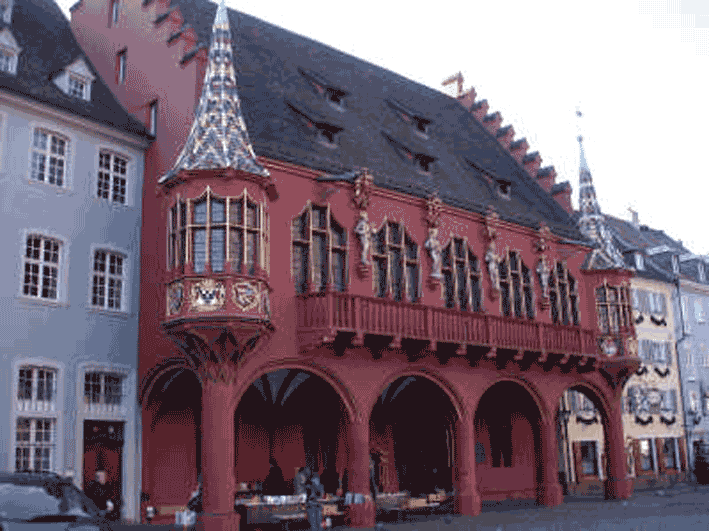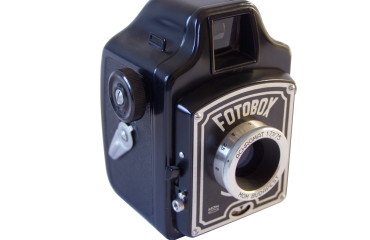
Freiburg (in Breisgau, not to be confused with its namesake in Switzerland) has had an ecological drive since the 1970s, when citizens united in protest to halt the construction of a nuclear power plant. The green revolution has not stopped since: everyone has pledged to make the city a model of efficiency, having achieved widespread use of solar panels, efficient segregated waste collection and excellent public transport. Many people use bicycles.
The pioneering Vauban district, which was inhabited by the military until 1991, now has 5,500 residents, 80% of which belong to the Green party. Along the quiet streets lined with plants and flowers, which are often growing wild, there are buildings designed for creative energy saving. These range from the “social” solutions of buildings in which minimal apartments are compensated by large spaces for community life to “power houses”, condominiums that employ various devices to achieve 10% of normal consumptions. The architecture ranges from glamorous detached villas to impersonal “barracks”, there is room for those who are better off and those who have less, car sharing is practised and in some areas the inhabitants choose not to keep their cars outside but to use specifically designated parking lots on the edge of the neighbourhood. The children go around quietly.
Another gem is the Heliotrope, built in 1994. It rotates with the Sun and is the first house in the world capable of producing more (renewable) energy than it uses, without harmful emissions.
The old town of Freiburg is liveable and enjoyable. Founded in the 12th century with free-market status, the city still has picturesque buildings which were salvaged or restored after the devastation of World War II. Along beautiful streets lined by streams and canals you reach the majestic Münster, founded by Berthold – a very pious man, and as cunning as his proverbial namesake – in the 13th century, surrounded by a square that is enlivened each day by a colourful market. The bell tower is the symbol of the city, and the measurements used by medieval merchants can still be seen engraved on its portal. The Interior is intentionally dark to frighten the faithful and then entice them with the promise of paradise, represented by the brilliant (advertising) stained-glass windows. On the same square is the Kaufhaus, which was the house of the merchants in the 16th century. The exceptional Augustinermuseum is a stop not to be missed: this impeccably restored monastery houses religious art from the upper Rhine region and offers a rare opportunity to see gargoyles from close at hand.
 English
English  Italiano
Italiano 



